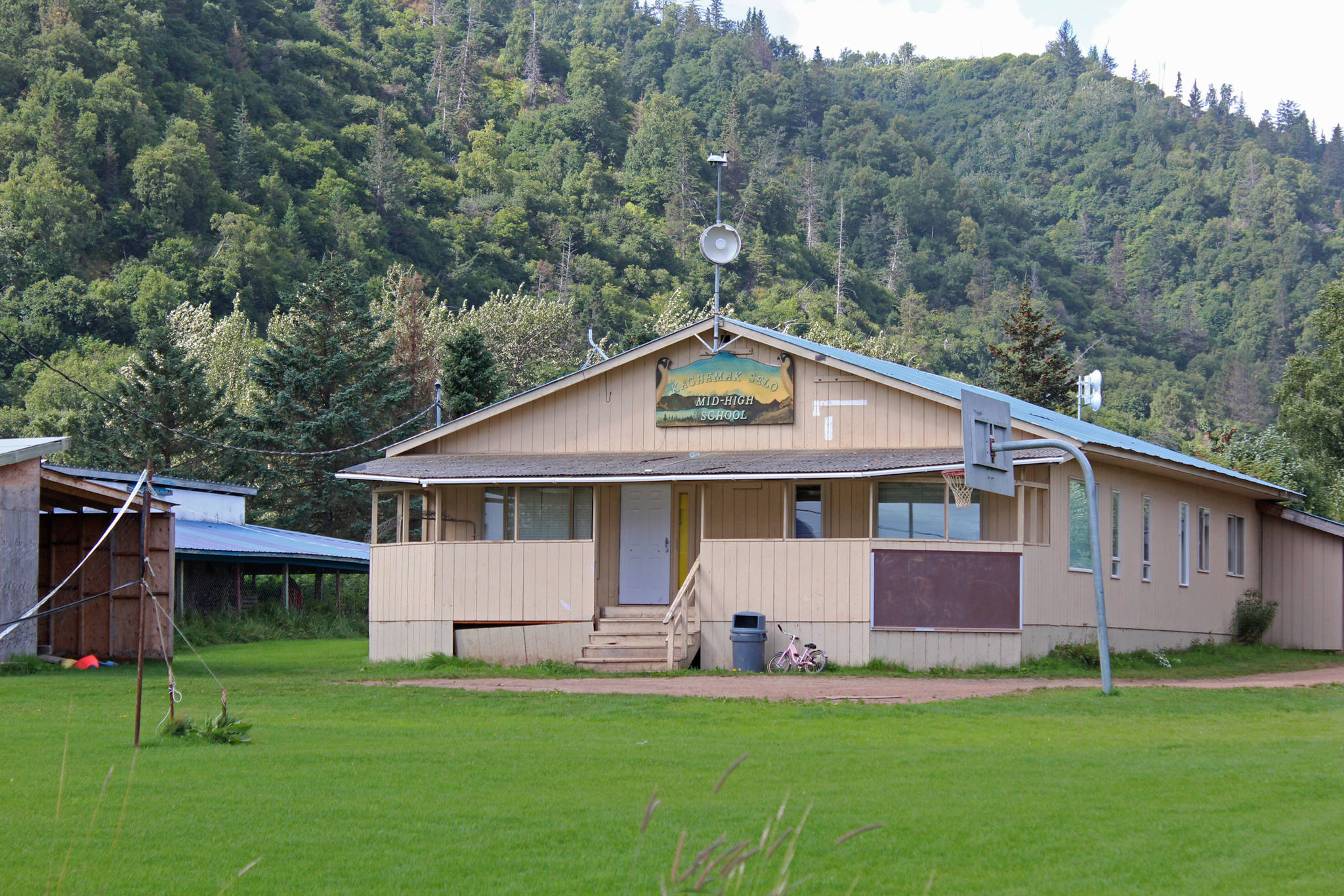Bonds to build a new school in the Old Believer village of Kachemak Selo, east of Homer, were voted down last week, but the effort to build K-Selo a school is not over.
Brenda Ahlberg is the community and fiscal project manager for the Kenai Peninsula Borough. She said the borough will be working with several entities to make sure the community of K-Selo gets the facility and education they need.
“It’s important to know the voters have spoken, and respect that,” Ahlberg said. “That doesn’t mean we won’t continue to try and provide a quality education and facility for K-Selo.”
Pegge Erkeneff, communications liaison for the Kenai Peninsula Borough School District, said the district is disappointed with the results of the school bond vote.
K-Selo has been in need of a new school for nearly 10 years. In 2011, the village petitioned the school board for a new facility. In 2016, the state appropriated approximately $10 million for construction of the school, but in order to proceed the borough needed to provide a match. Borough residents voted down the match bond package, which was nearly $5.5 million, this last Tuesday.
The current school in Kachemak-Selo is made up of three borough-leased buildings and serves about 46 students. Erkeneff said the school has deteriorated beyond useful capacity. The buildings are converted homes, and students and school district officials have said the buildings are unsafe and leak in the winter, among other issues.
One of the largest cost drivers comes from the remote nature of the village. The village sits at the bottom of a steep bluff only accessible by a dirt switchback trail, too narrow and steep for most vehicles to traverse. The borough initially considered upgrading the road to borough standards but found it would be too expensive.
Some voters and assembly have expressed concern about the $16 million price tag for the school, given its remoteness and small student population. However, a state statute based on the number of students dictates the size of the school, and the borough does not have the flexibility to downsize the building. Shipping in materials is also expected to increase the cost.
With no backup plan, Ahlberg said the borough will reconvene with the school district, the K-Selo community, the state Department of Education and Early Development and the state legislature to discuss what’s next for the project.
“This project is not going to die,” Ahlberg said. “We will work with DEED and the state legislature on the current grant, so we can try to flesh out all options and we can build a school for this community.”
The $10 million grant the borough received from the state expires next year.
The borough is still required to provide a suitable school for the children of K-Selo and may have to foot the bill if the grant expires without any matching funds.


